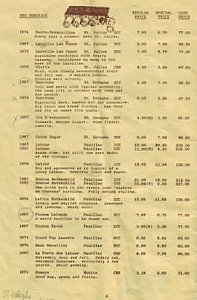Column: Arbor Vinous
For over 40 years, Ann Arbor wine retailer Village Corner was a fixture on South University, near the University of Michigan’s Central Campus, until it closed last November to make way for a student high-rise at 601 S. Forest.
Dick Scheer, an iconic figure in Michigan wine circles, owned the store that entire time. When it closed, Scheer stashed his inventory in temporary quarters, took his Terminator turn – “I’ll be back!” – and pledged to reopen shortly in a venue with better parking, as he told Sandra Silfven of the Detroit News.
Then, nothing. Scheer went to ground, keeping his own counsel as he sought a new location, to the not-infrequent exasperation of long-time customers and members of the media alike.
Until last week, when the website of Michigan’s Liquor Control Commission (LCC) spilled the beans: on March 17, Village Corner applied to relocate its beverage licenses to another campus-adjacent address.
North Campus, that is.
The new location, at 1747 Plymouth Road in The Courtyard Shops, sits between No Thai! restaurant and Jet’s Pizza, in a storefront formerly occupied by Tanfastic tanning salon. [Full Story]










